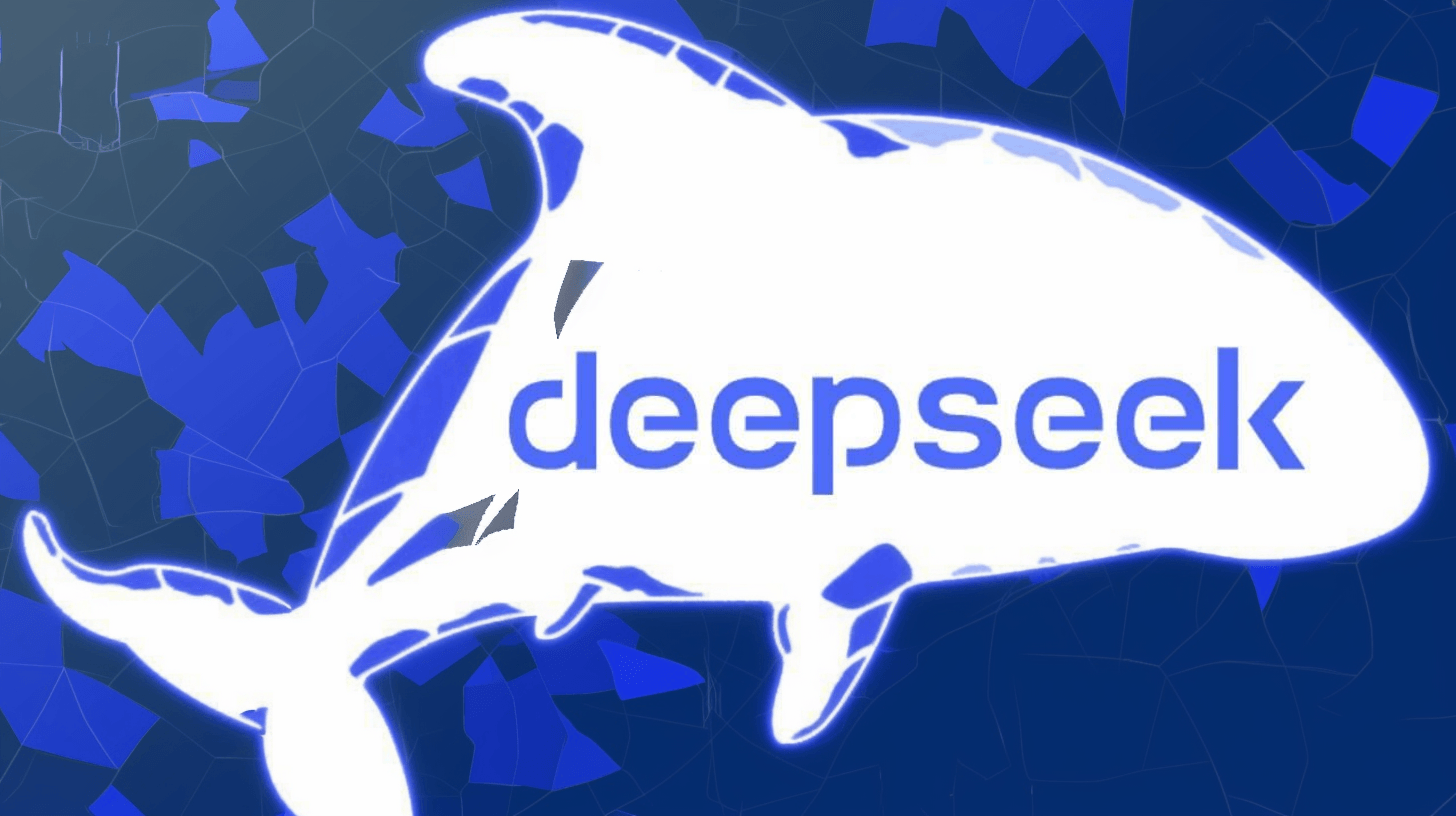
- by Falak .
DeepSeek's Breakthrough and Its Impact on AI Energy Consumption
- by Falak .
Chinese startup DeepSeek has made waves in the AI and energy industries with its latest chatbot, R1. The model was developed using only around 2,000 Nvidia chips—far fewer than typically required for training similar AI models. This breakthrough challenges assumptions about the energy and computing power necessary for AI development, suggesting a potentially more efficient approach to training advanced models.
The revelation sent shockwaves through the stock market, particularly affecting energy companies that have been investing heavily in powering AI-driven data centers. Investors responded by pulling back from major energy firms, leading to a sharp decline in stock prices. Constellation Energy, a company planning to expand energy infrastructure to meet AI demand, saw a significant drop of more than 20 percent.
While the broader trend of electrification, data center expansion, and domestic tech investments is expected to continue driving energy demand, the sudden shift in market expectations highlighted the uncertainty surrounding future energy needs.
AI-driven data centers are already a major energy consumer, accounting for about one percent of global electricity use. The International Energy Agency (IEA) projects that this demand could double by next year, reaching levels comparable to Japan’s total annual electricity consumption. In the United States, data centers used approximately 4.4 percent of the nation's electricity in 2023, a figure that could rise to 12 percent by 2028.
To meet these growing needs, major tech companies like Amazon, Google, and Microsoft have been securing nuclear energy sources, including Small Modular Reactors. Meta has also been investing in renewable energy and exploring nuclear power options. Despite these efforts, most data centers still rely on traditional power grids that are heavily dependent on fossil fuels.
DeepSeek’s R1 model presents an opportunity to reduce energy consumption by making AI models more efficient. However, history suggests that increased efficiency often leads to higher overall consumption—a phenomenon known as the Jevons paradox. As AI models become more energy-efficient, their accessibility and usage could expand dramatically, ultimately driving up demand rather than reducing it.
DeepSeek employs a "chain-of-thought" reasoning approach, which is more energy-intensive than traditional models because it processes multiple steps for each query. Previously, this method was considered too costly, but DeepSeek's efficiency gains could make it more widespread, further influencing AI energy consumption trends.
Rather than simply reducing the size and energy consumption of AI models, DeepSeek’s advancements could enable the development of even more powerful AI systems without increasing energy usage. This could provide a roadmap for U.S. tech firms looking to optimize computational efficiency while pushing the limits of AI capabilities.
While DeepSeek’s breakthrough offers a glimpse into a more energy-efficient future for AI, its long-term impact will depend on how the industry chooses to leverage these innovations—either to cut costs or to push the boundaries of AI performance.

Share:
Wqtah Redefines Its Identity with Bold Rebranding
Qatar Drives Initiative for Comprehensive Career Development Ecosystem